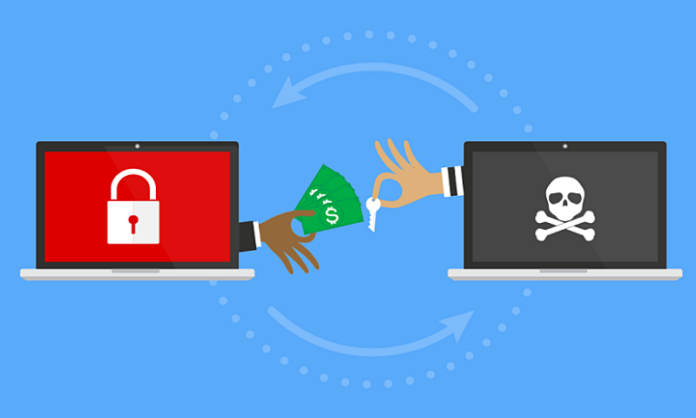In recent years, ransomware attacks have become an increasingly common threat to businesses of all sizes. These attacks involve the use of malicious software to encrypt a company’s data, effectively holding it hostage until a ransom is paid to the attacker. Unfortunately, ransomware attacks are becoming more sophisticated and frequent, making it more important than ever for businesses to take steps to protect themselves.
In this article, we will explore the rise of ransomware attacks and provide practical tips for protecting your business.
The Rise of Ransomware Attacks
Ransomware attacks have been around for several years, but they have become more prevalent in recent times. In 2020, the FBI reported a 300% increase in reported losses due to ransomware attacks, with losses totalling over $29 million. The pandemic has also played a role in the rise of these attacks, as more businesses have shifted to remote work, making it harder to maintain security protocols.
One of the most concerning aspects of ransomware attacks is the damage they can cause to a business. In addition to the cost of paying the ransom, businesses may also suffer from data loss, downtime, and reputational damage. For small businesses, in particular, a ransomware attack can be devastating, with many unable to recover from the financial and reputational impact.
Tips for Protecting Your Business from Ransomware Attacks
There are several steps that businesses can take to protect themselves from ransomware attacks. Here are some practical tips:
1. Keep Your Software Up to Date
One of the easiest ways for attackers to gain access to your system is through vulnerabilities in outdated software. Keeping your software up to date ensures that any known vulnerabilities have been patched, making it harder for attackers to exploit them.
2. Use Strong Passwords and Two-Factor Authentication
Weak passwords are a common entry point for attackers. Using strong passwords and two-factor authentication can make it much harder for attackers to gain access to your systems. Consider using a password manager to help you create and manage strong passwords.
3. Train Your Employees
Employees can inadvertently become a weak point in your security posture. Providing regular training on security best practices, such as how to identify phishing emails, can help to reduce the risk of a successful attack.
4. Use Antivirus and Anti-Malware Software
Antivirus and anti-malware software can help to detect and block malicious software before it can do damage to your systems. Be sure to keep your software up to date and run regular scans.
5. Backup Your Data
Backing up your data regularly can help you to recover from a ransomware attack without paying the ransom. Be sure to store your backups in a secure location, separate from your main systems.
6. Have a Response Plan in Place
In the event of a ransomware attack, it is important to have a response plan in place. This plan should include steps for isolating infected systems, contacting law enforcement, and recovering data from backups.
Conclusion
Ransomware attacks are a growing threat to businesses of all sizes. By taking steps to protect your systems, such as keeping your software up to date, using strong passwords, and training your employees, you can reduce the risk of a successful attack. Additionally, having a response plan in place can help you to recover quickly in the event of an attack.
Sources:
FBI Public Service Announcement on Ransomware
CSO Online: Ransomware Explained
ZDNet: Ransomware Attacks are Getting Bigger and Brasher



